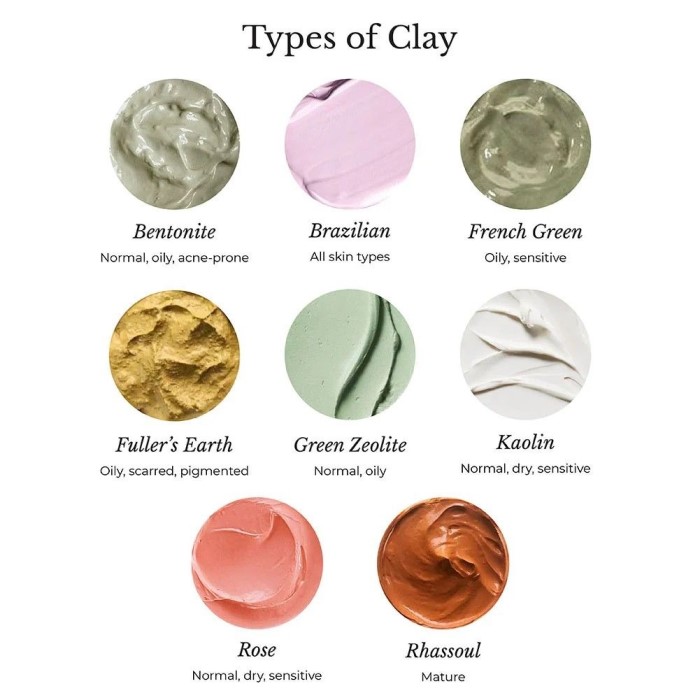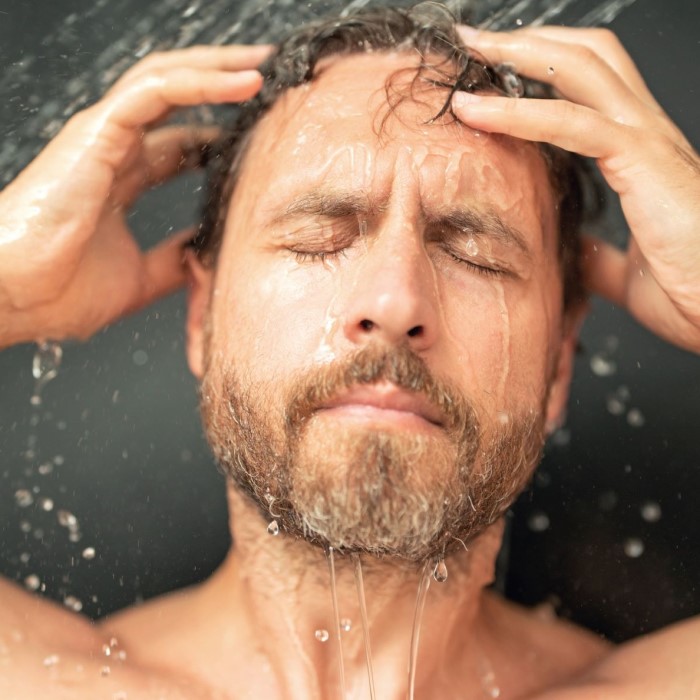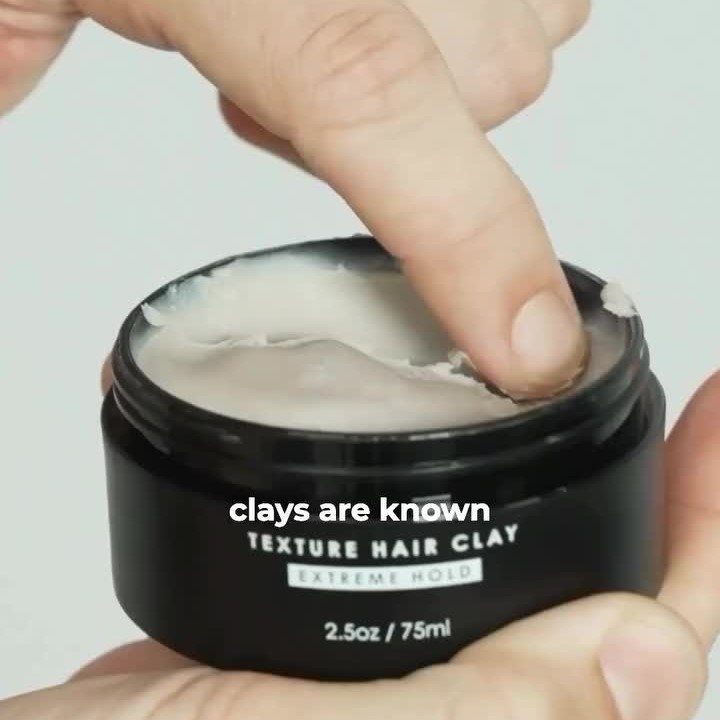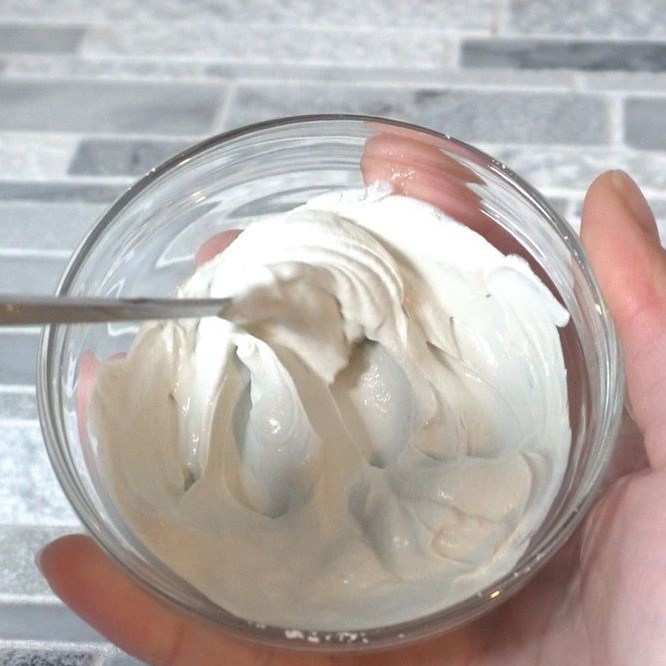
What Do Clay Masks Do? Discover Their Skincare Benefits Today
Introduction: What Do Clay Masks Do?
In recent years, the popularity of clay masks has surged within the skincare community. Many people now include them in their beauty routines, intrigued by the many claims surrounding their benefits. So, what do clay masks do? Often made from natural ingredients, clay masks serve multiple purposes: detoxifying the skin, absorbing excess oil, and providing essential minerals. This article aims to explore the benefits of clay masks, their effectiveness, and how often you should use them for the best results.
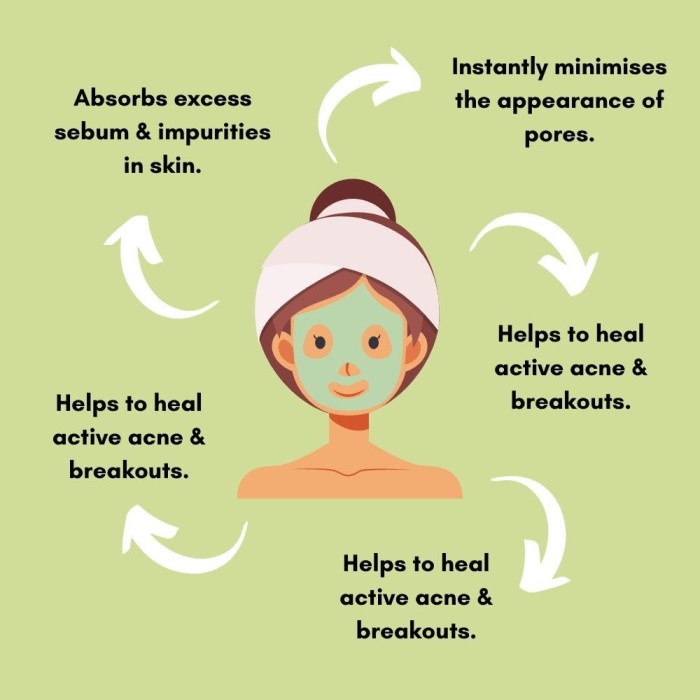
The Science Behind Clay Masks
Types of Clay:
Clay masks are made from several varieties of clay, each offering different benefits. The most common types include:
Bentonite Clay: This type is derived from volcanic ash and is highly revered for its incredible oil-absorbing properties. It is particularly effective for individuals with oily skin or those who suffer from acne, as it helps to draw out excess sebum and unclog pores.
Kaolin Clay: Also known as China clay, kaolin is finer and gentler than bentonite. It works well for sensitive and dry skin types, providing a soothing effect without causing irritation. Its milder nature makes it suitable for regular use.
French Green Clay: This clay is rich in minerals and is often used for its detoxifying properties. It can be beneficial for various skin types, as it helps to purify the skin while providing a slightly exfoliating effect.
Unique Properties:
Each type of clay possesses distinct characteristics that enhance its effectiveness in skincare:
Absorption Ability: Bentonite clay’s remarkable ability to absorb oil makes it an excellent choice for combating shininess and acne.
Soothing Qualities: Kaolin clay’s gentle composition allows it to calm irritated skin while still providing cleansing benefits.
Mineral-Rich Content: French green clay is packed with minerals that contribute to skin health, helping to nourish and revitalize dull complexions.
Mechanism of Action:
When clay masks are applied to the skin, they interact with the skin’s surface in several ways:
Adhesion to Impurities: The clay particles adhere to impurities on the skin, such as dirt, excess oils, and dead skin cells. This attachment is crucial for the deep-cleansing effect that clay masks provide.
Drawing Out Toxins: As the mask dries, the clay works by pulling out toxins and other impurities trapped within the pores. This detoxifying action leaves the skin feeling refreshed and revitalized.
Exfoliation: The drying process of the clay creates a mild exfoliating effect. When the mask is removed, it aids in sloughing off dead skin cells, revealing a smoother texture and a brighter appearance.
Results:
Regular use of clay masks can lead to significant improvements in skin condition:
Cleaner Skin: The effective absorption of oils and impurities results in clearer skin and a reduction in the occurrence of breakouts.
Brighter Complexion: By removing dead skin cells and impurities, clay masks can enhance skin radiance, giving you a more luminous look.
Overall Benefits: Understanding the science behind clay masks helps consumers make informed choices about their skincare routine. By selecting the appropriate type of clay for their skin type, individuals can maximize the benefits and achieve healthier, more beautiful skin.
Benefits of Clay Masks
1. Deep Cleansing
What do clay masks do? One of the primary benefits of clay masks is their deep-cleansing ability. Clay works by extracting dirt and impurities from the skin. This process not only helps in clearing clogged pores but also revitalizes dull skin. If you’ve been struggling with breakouts, using a clay mask can be a simple solution to help detoxify your pores.
2. Oil Control
Clay masks are particularly effective for controlling oil production. Oily skin can lead to various skin issues, including acne and enlarged pores. By absorbing excess oil, clay masks can help maintain a balanced complexion. Applying a clay mask weekly can significantly reduce shine and create a matte finish.
3. Exfoliation
While clay masks may not be traditional exfoliants, they still offer gentle exfoliation benefits. As the mask dries, it creates a slight tightening effect which, when removed, can help slough off dead skin cells. This natural exfoliation promotes fresh skin growth and contributes to a glowing appearance.
4. Nutrient-Rich
Many clay masks are packed with minerals such as magnesium, calcium, and iron. These nutrients nourish the skin, promoting overall health and radiance. They can even enhance skin elasticity, further contributing to a youthful look.
5. Reduced Inflammation
Clay masks have anti-inflammatory properties, which can help reduce redness and swelling. This makes them an excellent choice for individuals with sensitive or irritated skin. Using a clay mask can provide a soothing effect, allowing the skin to heal more quickly.
How to Use Clay Masks Effectively
Using clay masks may seem straightforward, but some key tips can ensure you get the most out of each application:
Preparation
- Clean Your Skin: Start by ensuring your skin is completely clean before applying the clay mask. This is crucial for achieving the best results.
- Remove Makeup: Use a gentle makeup remover to eliminate any foundation, concealer, or other cosmetics. This helps prevent the mask from trapping impurities against your skin.
- Use a Mild Cleanser: Next, wash your face with a mild cleanser that suits your skin type. Choose a formula that doesn’t strip your skin of its natural oils. Gently massage the cleanser onto your face for at least 30 seconds.
- Rinse Thoroughly: Rinse your face with lukewarm water to ensure that all traces of the cleanser and makeup are completely removed. Pat your skin dry with a clean towel.
Application
- Choose Your Tool: Select a clean brush or simply use your fingertips to apply the clay mask. Avoid using tools that may introduce bacteria to your skin.
- Even Application: Start applying the mask from the center of your face and work your way outwards. Make sure to cover the entire face evenly to ensure consistent results.
- Avoid Sensitive Areas: Be cautious to avoid applying the mask around sensitive areas such as your eyes, eyebrows, and lips. These areas can be more prone to irritation, so apply the mask carefully.
Timing
- Ideal Duration: Allow the mask to sit on your skin for approximately 10 to 15 minutes. This time frame is generally effective for the active ingredients to work.
- Monitor for Drying: Keep an eye on the mask to ensure it doesn’t dry out completely on your skin. If the mask turns too dry, it can lead to irritation and discomfort, compromising the result.
- Feeling for Comfort: If you feel any tightness or discomfort during the application, it’s important to remove the mask promptly, even if the suggested time has not been reached.
Removal
- Rinse with Lukewarm Water: After the recommended time, begin rinsing the mask off using lukewarm water. This temperature is gentle enough to avoid shocking your skin.
- Use Gentle Movements: When wiping the mask off, use gentle, circular motions to effectively remove all remnants without harsh scrubbing. This helps prevent irritation and keeps your skin feeling fresh.
- Pat Dry: After rinsing, gently pat your skin dry with a clean, soft towel. Avoid rubbing, as this can irritate your skin.
Moisturize
- Follow Up with Moisturizer: After the mask removal, it’s essential to apply a good moisturizer to your skin immediately. This helps to hydrate your skin and lock in moisture.
- Choose the Right Product: Select a moisturizer that complements your skin type—whether it’s oily, dry, or combination. Hydration is key to achieving balanced skin and ensuring it remains soft and supple.
- Massage in Gently: Use your fingertips to gently massage the moisturizer into your skin. This not only helps it absorb effectively but also promotes circulation for healthier skin.
How Often Should You Use a Clay Mask?
While the frequency of use can vary based on individual skin types, most dermatologists recommend using a clay mask 1 to 2 times a week. By incorporating a clay mask into your skincare routine, you can maintain your skin’s health without over-drying it. However, if you have sensitive skin, it’s prudent to start with once every two weeks and observe how your skin responds.
Are Clay Masks Really Effective?
When it comes to the question, “Are clay masks really effective?” the answer is a resounding yes. Many users report visible improvements in their skin’s texture and clarity after regular use. Scientific studies have proven the effectiveness of clay in absorbing oils and impurities, making it a beneficial addition to your skincare regimen. However, results may vary based on individual skin types and conditions.
Do Clay Masks Pull Out Blackheads?
One of the frequently asked questions is, “Do clay masks pull out blackheads?” While clay masks do not directly “pull out” blackheads, they can help minimize their appearance. By clearing away excess oil and dead skin cells, clay masks can prevent the buildup that leads to blackhead formation. Regular use can help keep your pores clean and reduce the occurrence of blackheads.
Conclusion: Embrace Clay Masks for Healthy Skin
What do clay masks do? In summary, understanding what clay masks do can enhance your skincare routine significantly. Their ability to cleanse, moisturize, and nourish the skin makes them a valuable asset in achieving a radiant complexion. Moreover, with the insights provided on how often to use them, the various benefits, and answers to common questions, you’re now equipped to incorporate clay masks into your beauty regimen confidently. So why not give them a try? Enjoy the immediate satisfaction of fresher, cleaner skin while taking a step towards long-term skincare wellness.
